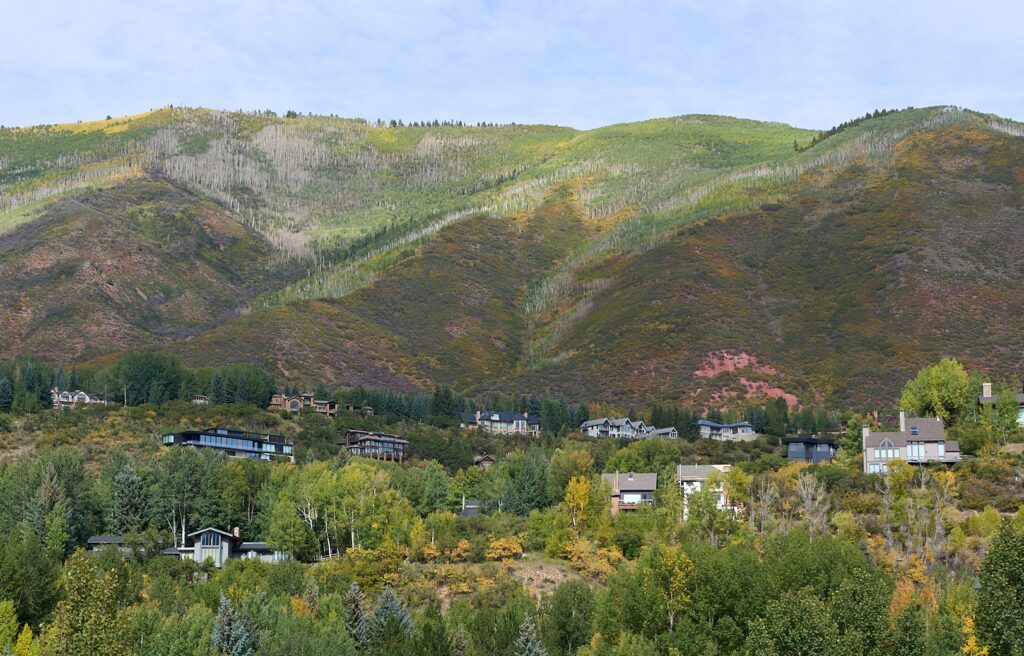Roaring Fork Valley Phenology | December 6, 2013
ACES Staff
December 6, 2013

The powerful winter storm that just passed through our area closed schools and made traveling difficult. The storm also slowed a young Common Loon Gavia immer pictured above. It must have quite a story of how it came to rest near Aspen Village earlier this week.
Born in the spring, this loon might have been heading from Canada to Baja when it hit the massive storm and was pushed into Colorado. Juvenile loons wait until later in the fall to migrate than breeding adults because they need to continue bulking up prior to the long trip to coastal wintering range. This bird was likely taken off course after hitting the storm, forced down, and not able to find a body of water as a safe haven.
The bird was in trouble. Loons are not land dwellers. Other than mating, nesting, or migrating, they spend their entire lives on the water. Loons are diving birds that hunt small fish and have adaptations for diving and swimming underwater. Their solid bones reduce buoyancy. Other birds have hollow bones that optimize flight. Add the fact that loon’s legs are set back on their body and they have short wings (both to optimize underwater swimming), and you have a bird that can barely walk or even stand on land, and needs a long runway on a body of water for takeoff.
It is not uncommon for storms to ground migrant birds. Typically they wait it out and move on. This loon wasn’t so fortunate as the cold temperatures froze over most of the open water in the area and was forced into no-loons land, on the ground in the snow.
Luckily, some community members in Aspen Village saw the out of place bird wallowing and called ACES. The bird was identified and instructions were given to capture the helpless bird. The stranded loon was brought to the relatively warm and trout-rich waters of Hallam Lake where it was freed. With the current cold snap freezing a larger than normal patch of ice on Hallam Lake, there isn’t enough room for it to take off and continue on its way to the coast. We expect the loon to remain at Hallam Lake until temperatures warm and the surface of the lake melts enough for this wayward traveler to take off.
~ Jim Kravitz, Director of Naturalist Programs
Related Content

RFV Phenology: Green is out, yellow is in! Or is it?
Learn More
ACES // City of Aspen Open Space Birding: Marolt Open Space 9/5/2024
Learn More